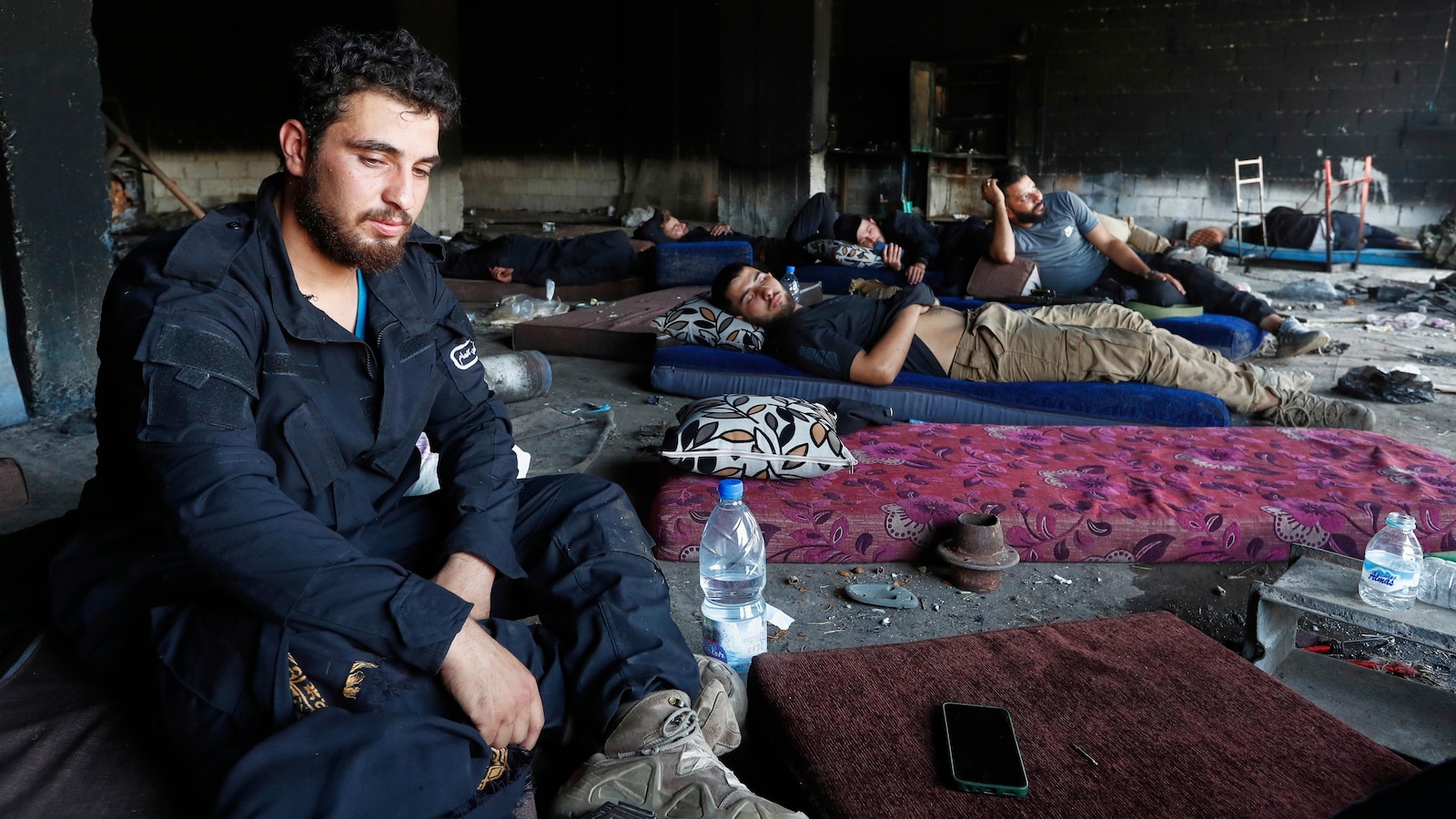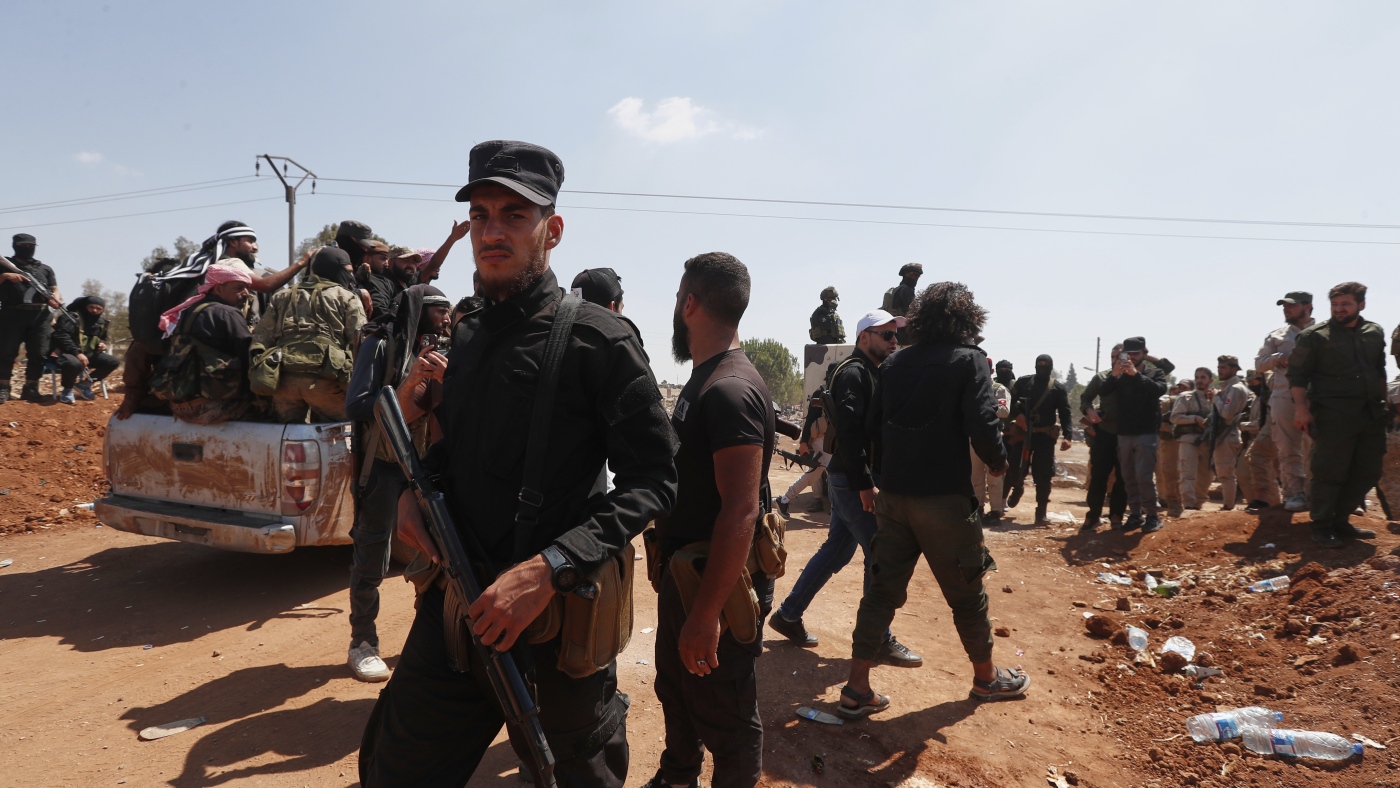Armed Bedouins Withdraw from Sweida After Weeklong Clashes in Syria
Armed Bedouin clans withdrew from Syria's Druze-majority city of Sweida after weeklong clashes and a U.S.-brokered ceasefire, aiming to restore calm.
Subscribe to unlock this story
We really don't like cutting you off, but you've reached your monthly limit. At just $5/month, subscriptions are how we keep this project going. Start your free 7-day trial today!
Get StartedHave an account? Sign in
Overview
- Clashes erupted in Syria's Druze-majority Sweida province between Druze militias and Sunni Muslim Bedouin clans, sparked by tit-for-tat kidnappings and leading to significant displacement.
- The weeklong fighting saw sectarian attacks, revenge actions, and even Israeli airstrikes targeting government forces who had sided with the Bedouins.
- A U.S.-brokered ceasefire was established, leading to the withdrawal of armed Bedouin clans from Sweida under government supervision, aiming to end the conflict.
- Interim President Ahmad al-Sharaa urged Bedouins to leave, emphasizing the state's role in security, while the Syrian government coordinated the evacuation of 1,500 Bedouins by bus.
- The withdrawal has brought cautious calm to Sweida, with the Syrian Red Crescent sending aid to the province, which faced power cuts and shortages during the fighting.
Report issue

Read both sides in 5 minutes each day
Analysis
center-leaning sources frame the Sweida clashes by emphasizing the fragility of Syria's postwar transition and the sectarian nature of the conflict. They use evaluative language to describe the Assad regime as "tyrannical" and Al-Sharaa's rule as "de facto Islamist," while highlighting internal Druze divisions and skepticism towards current leadership, particularly by noting a leader's "previous allegiance to Assad."
Articles (5)
Center (3)
FAQ
The violence was triggered by tit-for-tat kidnappings and attacks, starting with the kidnapping and robbery of a Druze vegetable seller by members of a Bedouin tribe, which led to retaliatory actions and escalating hostilities between the groups.
Israel launched airstrikes targeting Syrian government forces and Bedouin fighters in Sweida, aiming to defend the Druze community and prevent Syrian regime forces from deploying weapons in southern Syria, actions that followed fears of regime attacks on Druze and violated a demilitarization policy.
The Syrian transitional government deployed the Syrian Armed Forces to restore order, established multiple ceasefires brokered by local Druze leaders and the U.S., coordinated the evacuation of Bedouin clans from the city under government supervision, and imposed a curfew to contain the violence.
The clashes caused significant displacement and mass exodus of both Bedouins and Druze civilians, reports of extrajudicial killings and civilian abuses, disrupted access to electricity and essential services, and prompted humanitarian aid deliveries by organizations like the Syrian Red Crescent and DAANES.
There are three main Druze factions: two are pro-government, while the third, led by Hikmat al Hijri, is anti-government and mistrusts the regime, viewing it as Islamist jihadis. This faction supports armed resistance and fears marginalization or attacks by the Syrian government.
History
- This story does not have any previous versions.




